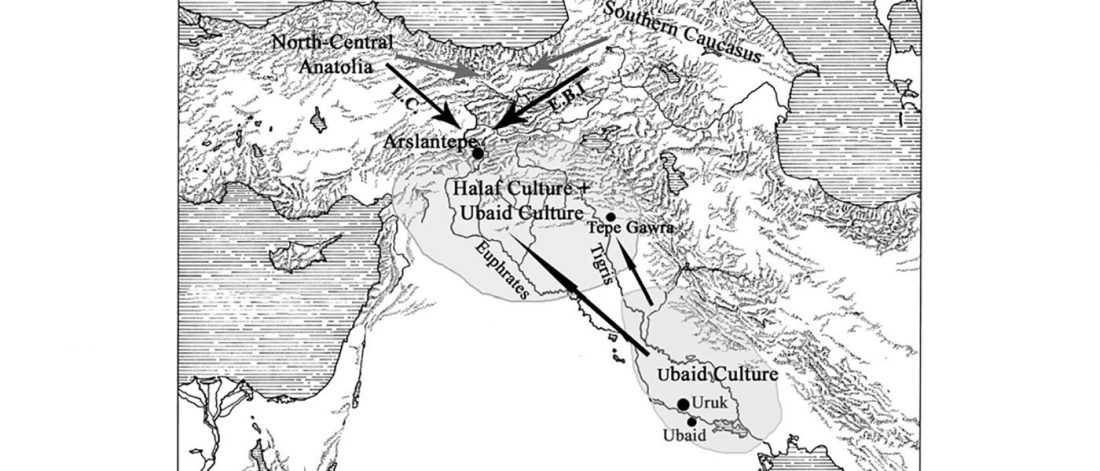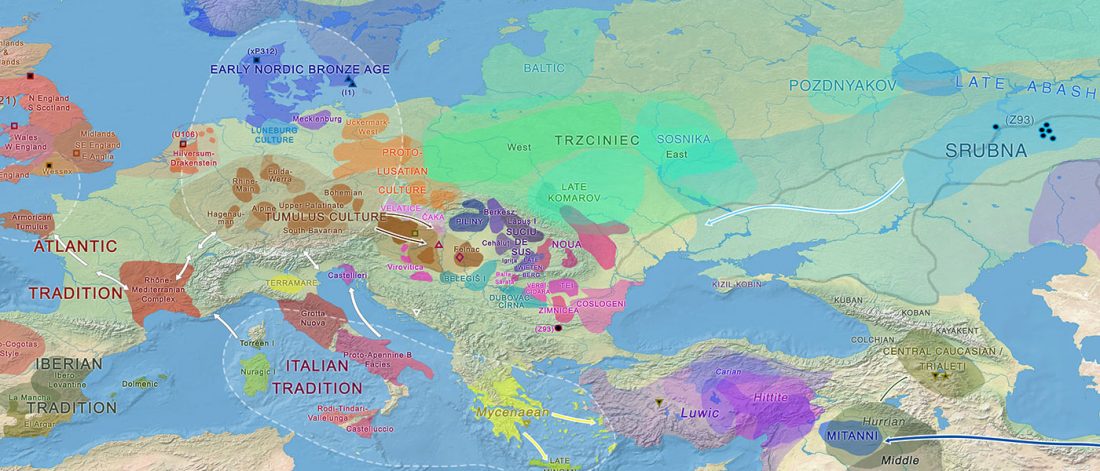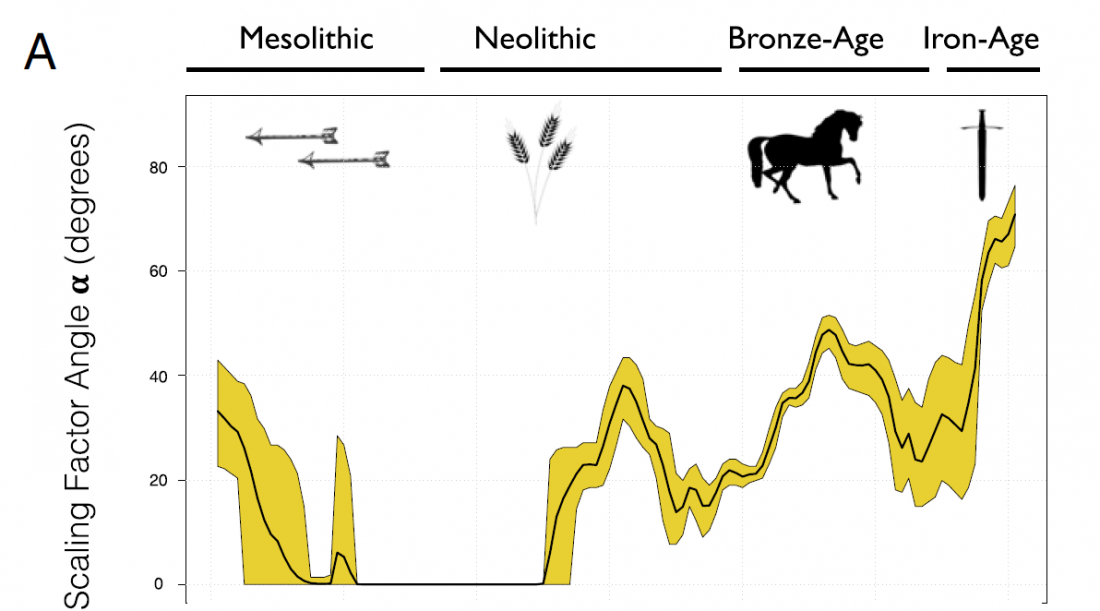Open access Ancient DNA from Chalcolithic Israel reveals the role of population mixture in cultural transformation, by Harney et al. Nature Communications (2018).
Interesting excerpts (emphasis mine, reference numbers deleted for clarity):
Introduction
… Read the rest “Migrations in the Levant region during the Chalcolithic, also marked by distinct Y-DNA”The material culture of the Late Chalcolithic period in the southern Levant contrasts qualitatively with that of earlier and later periods in the same region. The Late Chalcolithic in the Levant is characterized by increases in the density of settlements, introduction of sanctuaries, utilization of ossuaries in secondary burials, and expansion of public ritual practices as well as an efflorescence of symbolic motifs sculpted and





